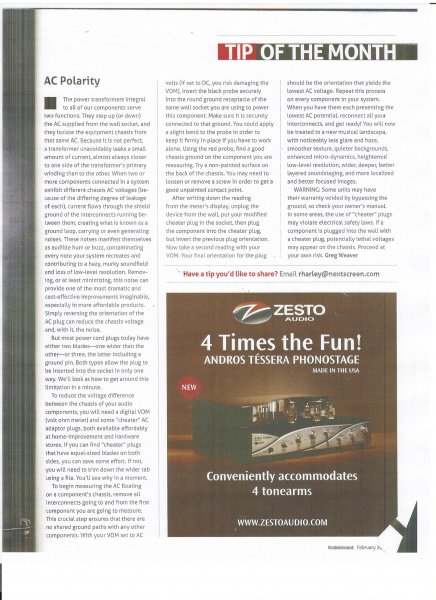I was considering electromagnetic waves, not electrons.
Maxwell is no more your friend here than Ohm was. Your smartphone has no safety ground whatsoever yet tons of electromagnetic waves are running around there from those produced by the CPU/GPU running with multiple cores and high speeds to radio transmitter. Yet, you can play music on them and you don't hear those interferences. Ditto for your laptop. I did all of my critical listening tests on my laptop and found tiny impairments in ABX tests that folks would not even dare to try.
I also have portable volt meters that go way down to nanovolts and portable scopes that have no trouble delivering their spec without any connection to your ground rod.
All the shielding you want to do for RF and such can and is done with the return line of power. That and careful layout of the design is all that is needed and used.
Again think of how airplanes, cars, etc. work if a safety ground is needed to eliminate noise.
Just noticed that I have nothing to debate or learn from you.
I understand. Some things are too convenient and liked to let go. I mean who wouldn't like the concept of a sewage pipe out of your audio gear that take out all the bad stuff. I would too if it were true.
Alas that sewage pipe goes uphill, not down. It is so far away from your mains entrance that just like that sewage pipe, electrons don't want to go that path. Worse yet, that sewage pipe is actually hooked up to your water source as is the case with neutral and safety ground!
I can quote you tons of papers and authoritative references that show all of this both in practice and theory. The logic is bullet proof and used everyday to solve hum and ground loop problems. But we no longer discuss audio science here so I am just resorting to simple arguments that should convey the same concept.
So I am going to repeat again: there is no audio problem that the safety ground is designed to solve. It is there to keep you safe, that is it. Thinking of it otherwise and then proceeding to tweak it can be quite dangerous at worse, and at best waste of money.

















